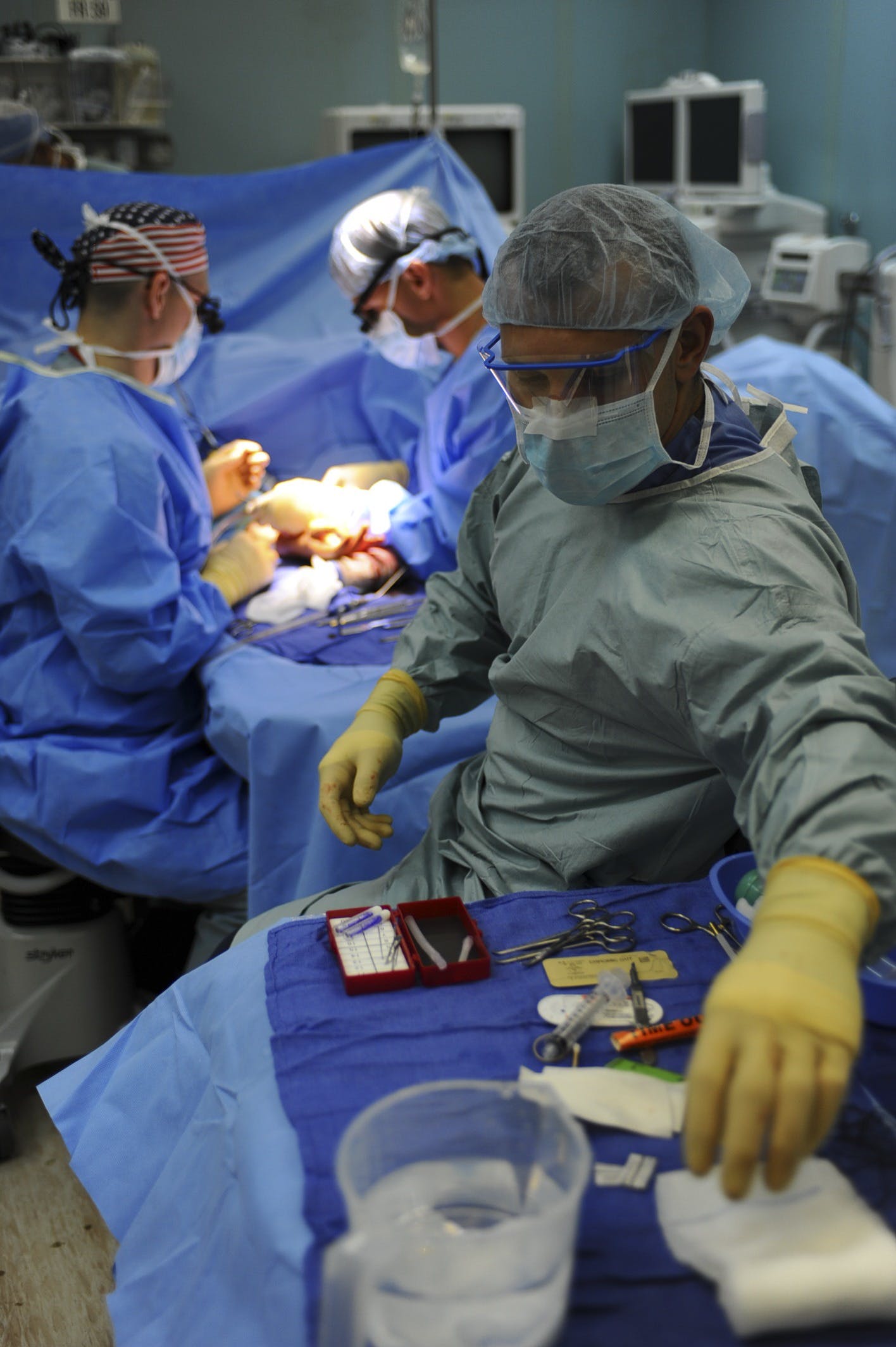Introduction:
Diagnostics constitute the cornerstone of modern healthcare, wielding a profound influence on patient outcomes. The recent surge in Artificial Intelligence (AI) has sparked a revolution in the diagnostic landscape, ushering in a new era of precision and efficiency. This article delves into the multifaceted implications of AI in diagnostics, exploring its historical evolution, technical intricacies, opportunities, and limitations, as well as the pivotal role of medical professionals in this transformative process.
Section 1: Advancing Medical Diagnostics with Artificial Intelligence
1.1 Historical Progress and AI: The integration of AI into diagnostics traces back to its early iterations, evolving from rudimentary rule-based systems to the complex neural networks and machine learning algorithms prevalent today. The journey is marked by exponential growth in computing power and the accumulation of medical data.
1.2 Benefits of AI in Diagnostics: The adoption of AI in diagnostics is underpinned by a compelling array of benefits. These encompass the dramatic enhancement of diagnostic accuracy, a significant reduction in processing time, and the capacity to perform monotonous tasks tirelessly. AI exhibits the potential to reduce human error, improve workflow efficiency, and operate seamlessly 24/7.
1.3 Successful Applications of AI: AI has found its footing in a multitude of diagnostic domains. Computer vision, underpinned by AI, is being extensively employed to interpret complex medical images, ranging from X-rays to MRIs. Machine learning algorithms, meanwhile, empower healthcare professionals with data-driven insights for precise diagnosis. Neural networks are making headway in disease prediction and risk assessment, laying the foundation for personalized medicine.
Section 2: Technical Aspects of AI in Diagnostics
2.1 Handling and Analyzing Medical Data: The lifeblood of AI-driven diagnostics is the vast and diverse medical data at its disposal. This data encompasses a wide spectrum, including radiological images, clinical records, genetic sequences, and more. AI's capacity to process and analyze this multifaceted data is integral to its diagnostic capabilities.
2.2 The Role of Big Data and Data Clouds: The utilization of big data and data clouds is pivotal for the efficient storage and accessibility of medical information. These technologies facilitate real-time access to a wealth of patient data, enabling rapid analysis and diagnostic decision-making. However, they also raise questions concerning data security and patient confidentiality.
2.3 Security and Confidentiality: Preserving the security and confidentiality of medical data is a paramount concern. The integration of AI in diagnostics necessitates rigorous adherence to ethical standards and data protection regulations. Ensuring data privacy is fundamental to maintaining patient trust.
Section 3: Opportunities and Limitations of AI in Diagnostics
3.1 Prospects in Early Disease Diagnosis: One of AI's most promising facets is its potential to detect diseases at an earlier stage. Fields such as oncology, neurology, and cardiology are witnessing remarkable breakthroughs in early disease detection through AI-powered tools. Early intervention can lead to improved patient outcomes and more effective treatment plans.
3.2 Challenges and Limitations: AI, while promising, is not without its challenges. Ethical concerns, including the potential for algorithmic biases, demand careful consideration. Moreover, the quality of training data significantly impacts the effectiveness of AI algorithms. Addressing these challenges is crucial to realizing the full potential of AI in diagnostics.
Section 4: Clinical Studies and Real-world Experiences
4.1 Successful Clinical Trials: Numerous clinical studies have demonstrated the effectiveness of AI in diagnostics. From identifying cancerous cells in pathology slides to predicting patient outcomes, these studies provide robust evidence of AI's capabilities.
4.2 Real-world Implementation: The transition from controlled clinical trials to real-world healthcare settings is where AI's true impact is felt. Implementing AI in clinical practice necessitates effective collaboration between healthcare professionals and AI systems. It's in this application that the opportunities and challenges become most apparent.
Section 5: The Role of Medical Professionals
5.1 Collaboration between AI and Physicians: AI doesn't replace medical professionals but complements their expertise. Collaborative efforts between AI and physicians are essential for ensuring the best possible patient care. Physicians remain the ultimate decision-makers in diagnosis and treatment planning.
5.2 Training and Adaptation: Healthcare practitioners must be equipped with the necessary training to effectively integrate AI into their workflow. Understanding the capabilities and limitations of AI systems is crucial to leveraging them optimally.
5.3 Legal and Ethical Considerations: As AI becomes an integral part of healthcare, legal and ethical matters, such as liability in the case of diagnostic errors, must be addressed. Establishing clear guidelines and legal frameworks is essential to navigate this evolving landscape.
Conclusion:
In conclusion, AI's impact on diagnostics is a transformative force, promising to elevate the precision and efficiency of healthcare. It has the potential to revolutionize diagnosis by enhancing accuracy and early disease detection. While challenges exist, the integration of AI with medical professionals is a crucial step forward in providing better patient care. As AI continues to evolve, it is poised to become an indispensable component of healthcare, ushering in a new era of medical diagnostics and treatment.
